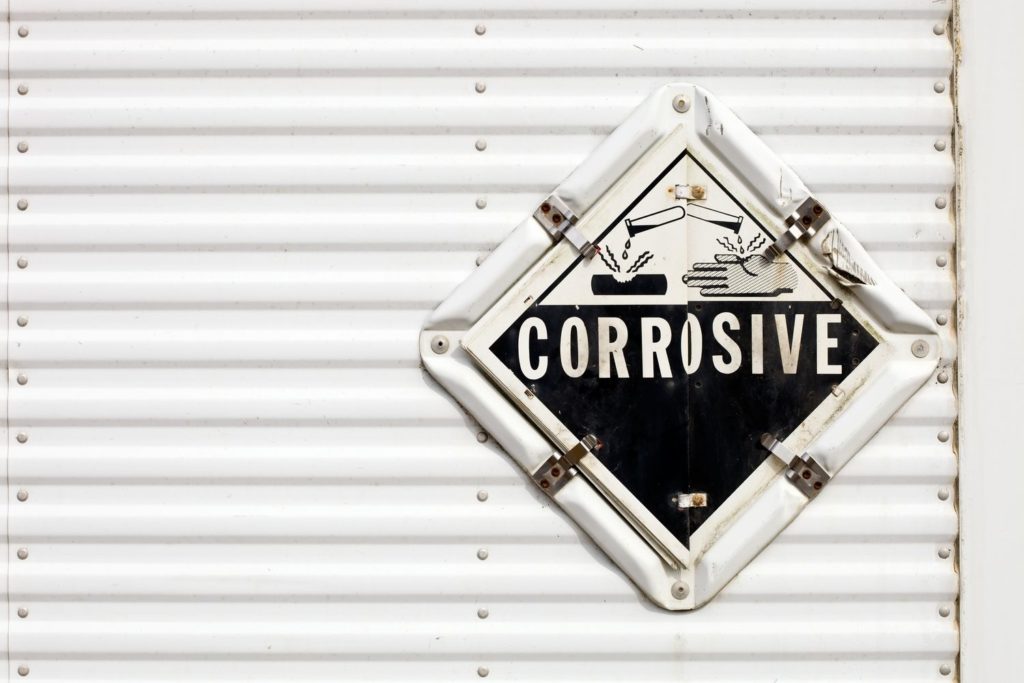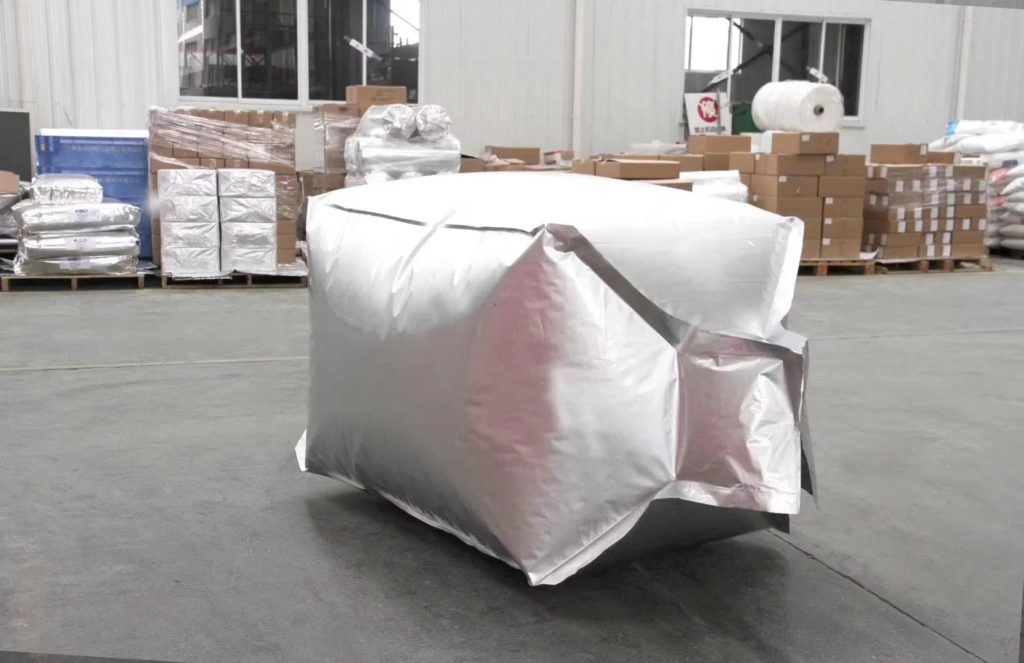The transportation and storage of hazardous goods pose significant risks, making effective packaging critical to ensuring safety. In India, as the economy grows and industrial sectors expand, the demand for hazardous goods packaging materials is on the rise. Hazardous goods can range from chemicals and pharmaceuticals to flammable materials and toxic substances. In this context, understanding the safety standards and the challenges faced in packaging hazardous materials in India is crucial for businesses, regulators, and consumers alike.
This blog post delves into the essential packaging materials used for hazardous goods, the safety standards that govern them, and the challenges faced by industries in India.
Importance of Proper Packaging for Hazardous Goods
Packaging hazardous goods is not just about containment; it involves ensuring that the materials inside do not pose a danger to human health, the environment, or the public. Hazardous goods can be classified based on their chemical properties, toxicity, flammability, and the environmental hazards they pose. The primary role of packaging is to:
- Prevent leakage or spillage: Proper packaging ensures that hazardous materials do not leak, spill, or escape, even during transportation.
- Maintain safety during transportation: Packaging protects goods from external elements such as temperature changes, vibrations, and impacts.
- Comply with regulatory requirements: Packaging must meet national and international safety standards to ensure that hazardous goods are safely handled and transported.
Given the complexity of hazardous goods, the packaging materials used must be strong, durable, and able to resist various external conditions while preventing contamination or exposure.
Types of Hazardous Goods and Their Packaging Requirements
Hazardous goods come in a wide variety of forms, from liquids to solids, and each requires specific packaging materials to ensure safe handling. Understanding the different categories of hazardous goods is crucial to determining the appropriate packaging materials.
1. Flammable and Combustible Liquids
Flammable liquids, such as solvents, oils, and chemicals, require specialized packaging to prevent leaks and contain vapors. Packaging materials used for these substances must be:
- Leak-proof and airtight: To prevent leakage and minimize the risk of vapor release, materials such as heavy-duty plastic, metal containers, or steel drums are commonly used.
- Explosion-resistant: Packaging materials need to be resistant to punctures and impacts that could lead to combustion.
- UV-resistant: Many flammable liquids degrade when exposed to sunlight, so UV-resistant packaging helps to protect them from degradation.
2. Corrosive Substances
Corrosive substances like acids and alkalis can cause severe damage to packaging materials and other goods. Packaging for corrosive materials must be:

- Acid-resistant: Materials such as glass, plastic, and corrosion-resistant metals are often used to contain corrosive liquids.
- Non-reactive: The packaging material must not react with the substance inside, as this could lead to dangerous chemical reactions.
- Strong and durable: To avoid the risk of container failure, packaging must be robust enough to withstand external pressures and impacts.
3. Toxic Substances
Toxic substances, which can be harmful if inhaled, ingested, or absorbed, require packaging that ensures no exposure occurs during transportation or storage. The packaging must be:
- Tightly sealed: Packaging for toxic substances must be completely sealed to prevent leaks.
- Tamper-proof: Packaging should include tamper-evident features, such as security seals, to ensure the integrity of the container.
- Clear labeling: Proper labeling with hazard symbols and handling instructions is essential for the safe handling of toxic goods.
4. Radioactive Materials
Radioactive materials are among the most dangerous hazardous goods and require highly specialized packaging. Packaging for radioactive substances must meet specific safety standards, including:
- Lead-based shielding: Lead is often used in packaging to reduce radiation exposure.
- Heavy-duty containers: Packaging needs to be strong enough to contain radioactive substances in case of accidents.
- Regulatory compliance: Packaging must adhere to stringent international regulations, such as those set by the International Atomic Energy Agency (IAEA).
5. Compressed Gases
Compressed gases, such as liquefied petroleum gas (LPG) or oxygen, require packaging that can withstand high pressures. Packaging for compressed gases must be:
- Pressure-resistant: Cylinders and tanks made from high-strength steel or aluminum are commonly used.
- Leak-proof valves: To prevent accidental release of gas, packaging includes robust valves that are securely sealed.
Safety Standards for Packaging Hazardous Goods in India
India, like many countries, has strict regulations for the packaging, labeling, and transportation of hazardous materials. These regulations are designed to prevent accidents and minimize the risks posed by hazardous goods.
1. The Hazardous Materials (Dangerous Goods) Regulations (HMDR)
The HMDR sets out the requirements for packaging hazardous goods within India. These regulations are closely aligned with international standards, including the International Maritime Dangerous Goods Code (IMDG Code) and the Globally Harmonized System of Classification and Labelling of Chemicals (GHS).
The key safety standards under HMDR include:
- Proper labeling: Packaging must feature clear and prominent hazard symbols, including handling instructions.
- Packaging strength: Packaging materials must be strong enough to handle the specific weight and pressure of the hazardous materials inside.
- Sealing: Containers must be sealed securely to prevent leakage and spillage.
2. Bureau of Indian Standards (BIS)
The BIS plays a critical role in establishing packaging standards for hazardous goods in India. The standards set by the BIS ensure that packaging materials meet specific criteria, such as strength, durability, and resistance to external environmental factors. These standards also cover testing protocols for ensuring the safety of the packaging.
3. International Air Transport Association (IATA) Dangerous Goods Regulations
For hazardous goods transported by air, packaging must comply with the IATA Dangerous Goods Regulations. These regulations outline the specific packaging, labeling, and documentation required to safely transport hazardous goods by air. India, as a member country of IATA, follows these regulations for international air cargo.
Challenges in Packaging Hazardous Goods in India
While the regulatory framework for hazardous goods packaging is in place, there are several challenges faced by industries in India.
1. Limited Access to Specialized Packaging Materials
In India, many businesses still rely on basic packaging materials that may not meet the stringent requirements for hazardous goods. Access to specialized materials such as corrosion-resistant metals, tamper-proof seals, and explosion-proof packaging can be limited, which poses a challenge for businesses dealing with dangerous substances.
2. Cost of Compliance
Meeting the safety standards for hazardous goods packaging can be costly. The materials required for packaging hazardous goods—especially chemicals and toxic substances—are often more expensive than standard packaging. For small businesses, the cost of compliance can be a barrier to adopting proper packaging solutions.
3. Training and Awareness
Proper handling and packaging of hazardous goods require trained professionals who understand the risks and safety protocols. However, there is often a lack of adequate training programs in India, which can lead to packaging errors or unsafe handling of hazardous materials.
4. Evolving Regulations
As international safety standards evolve, India’s regulations must also adapt. Keeping up with changing packaging requirements, particularly when it comes to emerging hazardous materials like lithium-ion batteries, can be a challenge for businesses that need to stay compliant.
Conclusion
Packaging hazardous goods is a critical aspect of ensuring safety during their transportation and storage. In India, adhering to safety standards, using the correct materials, and overcoming logistical challenges is essential for minimizing the risks associated with hazardous substances. By staying informed about the regulations and investing in proper packaging materials, businesses can mitigate these risks and ensure the safe handling of hazardous goods in India. The growth of industrial sectors in India demands that businesses in this space continue to evolve their packaging solutions to meet global safety standards and regulatory requirements.
